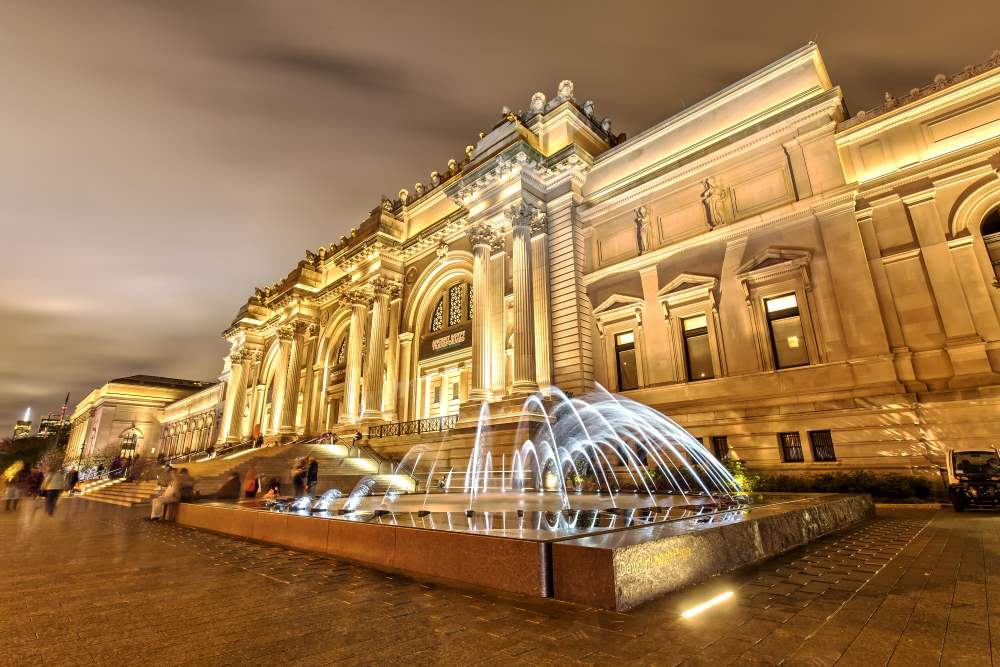A New York appeals court has ruled that the Metropolitan Museum of Art can hold onto a famed Picasso painting titled The Actor that was sold by its Jewish owners as they fled Nazi Germany.
By Andy B. Mayfair
Time was the deciding factor.
According to the judge, too much time had elapsed before the great-grandniece of original owner and German-Jewish businessman Paul Leffmann insisted that it be returned.
It would be unfair to force the Met to give it up, the Second Circuit Court of Appeals in Manhattan ruled on Wednesday, Reuters reported. Its value has been estimated at $100 million.
“Leffmann and his family fled Nazi Germany for Italy in 1937. The following year, Leffmann sold “The Actor” to two art dealers for $12,000 in order to escape to Switzerland,” reported The Times of Israel. “The Actor,” created during Picasso’s “Blue Period” in 1904-5, was donated to the Met in 1952. The museum acknowledged the prior ownership of the Leffmann family in 2011, a year after the family began legal action to have the painting returned.”
The US District Court in Manhattan ruled in February 2018 that “the Leffmann family did not adequately show that the late businessman sold the masterpiece under duress, which would have mandated its return to the family,” the Times added.
“The court noted that despite the fact that the painting had been in the Met’s collection since 1952 — and its provenance published in the Met’s catalogue since 1967 — no demands for its return were made until 2010 — 58 years after museum acquired the art work,” said CNN.
“This wonderful painting was a gift to the Museum, and it is our responsibility and joy to share it with the widest possible audience,” a Met spokesperson said in a statement. “The Met considers all Nazi-era claims thoroughly and responsibly, and has restituted objects when evidence indicates that they were unlawfully appropriated during the Nazi era, which is not the case here. We are appreciative that today’s court ruling enables the continued public display of this work.”
In assessing the case last year, The Art Newspaper pointed out that “In its opinion, the court recounted the Leffmanns’ tragic plight, as set forth in their complaint. Economically ravaged by Nazi policies against Jews in Germany, in 1937 Paul and Alice Leffmann fled to Italy, where Nazi and Fascist policies were rapidly encroaching. Desperate to escape to Switzerland, Paul Leffmann sold the Picasso painting in 1938 to the art dealer Kate Perls, who was acting on behalf of Hugo Perls and Paul Rosenberg, for $12,000 including commission. The American collector Thelma Chrysler Foy bought the painting in 1941 for $22,500, and donated it to the museum in 1952.
“Notwithstanding the admittedly acute coercive conditions under which Leffmann sold the painting,” the publication continued, “which Nazi policies indisputably caused, the court ruled that the heirs’ claim was deficient as a matter of law. The court believed that it was “critically” important under New York law that a defendant (in this case the Metropolitan Museum) must have caused the duress.”




